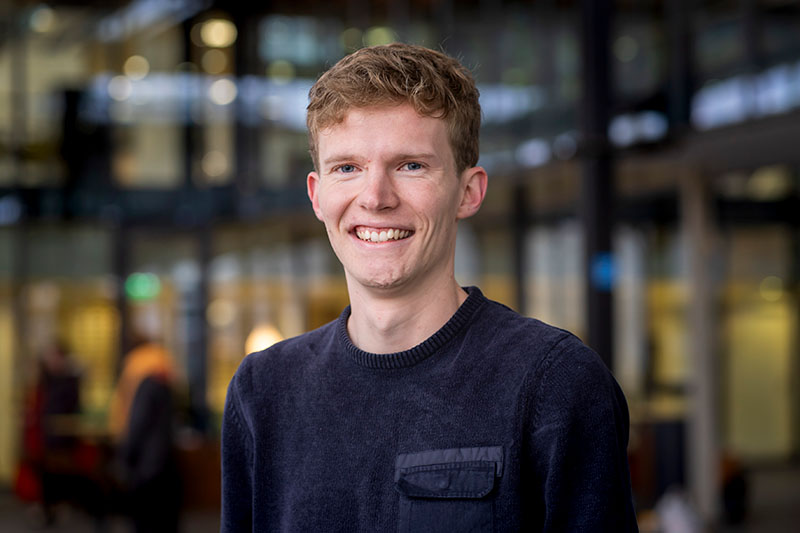Patient-Adaptive Focused Transmit Beamforming using Cognitive Ultrasound
Abstract
Focused transmit beamforming is the most commonly used acquisition scheme for echocardiograms, but suffers from relatively low frame rates, and in 3D, even lower volume rates. Fast imaging based on unfocused transmits has disadvantages such as motion decorrelation and limited harmonic imaging capabilities. This work introduces a patient-adaptive focused transmit scheme that has the ability to drastically reduce the number of transmits needed to produce a high-quality ultrasound image. The method relies on posterior sampling with a temporal diffusion model to perceive and reconstruct the anatomy based on partial observations, while subsequently taking an action to acquire the most informative transmits. This active perception modality outperforms random and equispaced subsampling on the 2D EchoNet-Dynamic dataset and a 3D Philips dataset, where we actively select focused elevation planes. Furthermore, we show it achieves better performance in terms of generalized contrast-to-noise ratio when compared to the same number of diverging waves transmits on three in-house echocardiograms. Additionally, we can estimate ejection fraction using only 2% of the total transmits and show that the method is robust to outlier patients. Finally, our method can be run in real-time on GPU accelerators from 2023. The code is publicly available at https://tue-bmd.github.io/ulsa/
